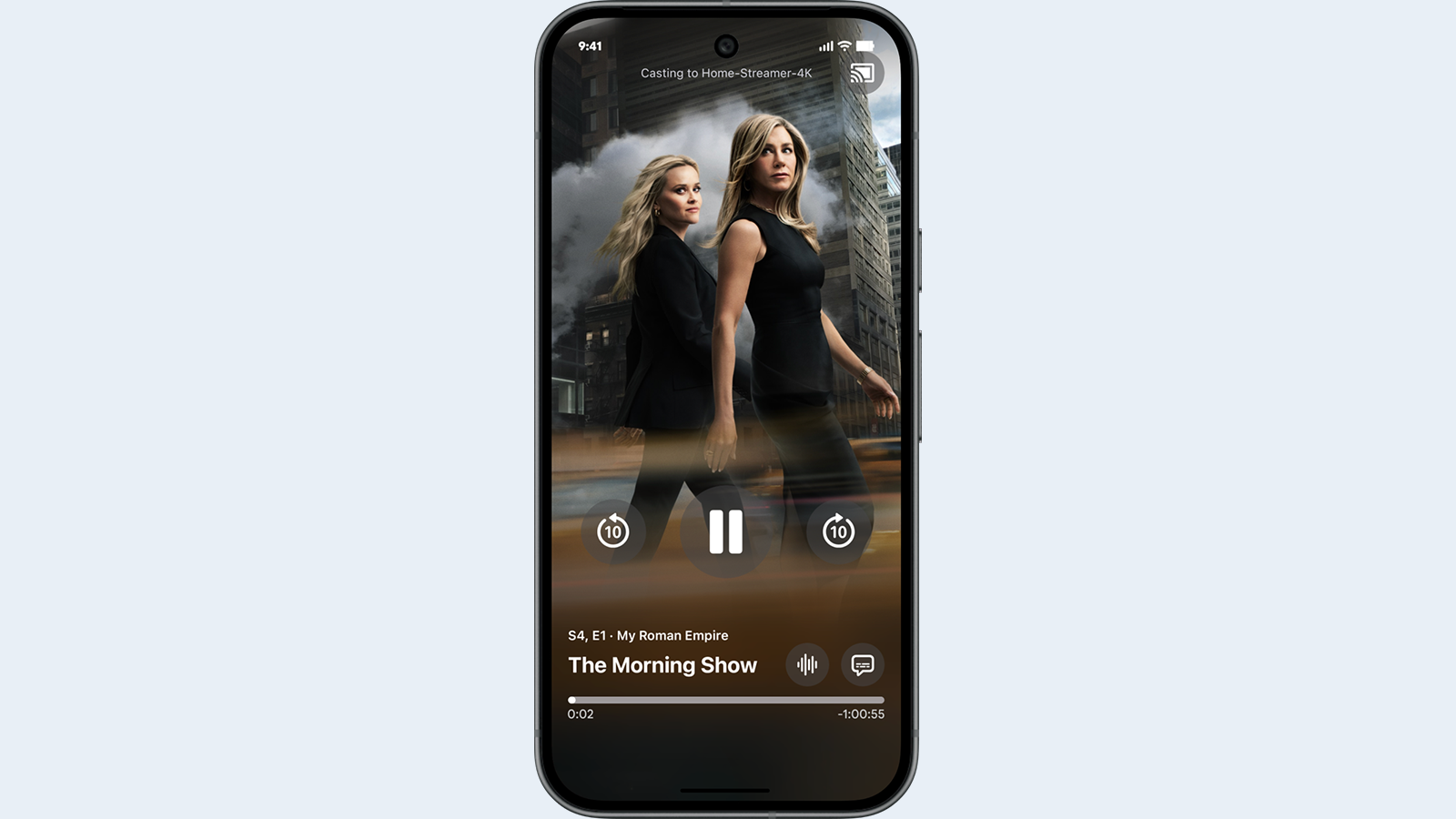Hybrid, AI Are Guiding the Measurement of TV Viewership
Who is watching what, and what are the best ways to reach them with commercials?

In ye olde days of traditional television, when U.S. TV viewing options were limited to ABC, CBS, NBC and PBS, Nielsen’s paper diaries were sufficient for tracking viewership and providing useful audience data to advertisers.
Today, everything has changed. “The television landscape has experienced a massive amount of change over the past several years,” said David Levy, CEO of OpenAP, an advanced advertising company jointly owned by the Big Four commercial broadcast networks and focused on video, TV and cross-platform audience targeting and measurement. “Viewership has bifurcated across screens, with CTV [connected TV] and streaming growing to become as large a viewership channel as linear. Because of that, legacy measurement models fell short of accurately measuring audiences.”
To address these changes, audience measurement firms such as Nielsen, OpenAP and Samba TV are using new models to capture accurate, actionable viewing data. These models are meant to provide advertisers with information that matters as much today as it did in the past: Who is watching what, and what are the best ways to reach them with commercials?
The Hybrid Model
Because today’s viewers watch video in so many different ways, the logical way to measure them accurately is across all of their viewing platforms. This is known as the “hybrid model” of TV audience measurement.
“Hybrid measurement models leverage large-scale device-level datasets (big data) such as Return Path Data (RPD) and Automatic Content Recognition (ACR) to augment the granularity of analyses supported and the accuracy of measurement solutions,” said Sean Breedlove, OpenAP’s vice president of measurement and analytics. “Panel data sources are used to calibrate big datasets, adjusting for biases, filling known gaps in coverage and estimating person-level viewership to ensure that the resultant measurement is representative of the market.”

Nielsen is using the hybrid model today. “Changing consumer habits have led to fragmentation,” said a Nielsen spokesperson. “It’s widely agreed upon that hybrid measurement, like our Big Data + Panel measurement, is the way forward to unlock the most accurate view of what people are watching across platforms. Our Big Data + Panel measurement is based on over 45 million households and 75 million devices (from Comcast, Dish, DirecTV, Roku and Vizio) and validated by our person-level panel of over 100,000 real people and 42,000 homes.”
The Role of AI
Thanks to their ability to process and analyze massive data, AI and machine learning (ML) are playing a crucial role in enhancing the accuracy and speed of TV viewership measurement. The technologies are also adding new kinds of measurement to the mix.
The professional video industry's #1 source for news, trends and product and tech information. Sign up below.

For example, “Samba AI enables the TV itself to detect scenes, objects, brands, interactions and even sentiment of what’s happening onscreen without needing to send data to the cloud,” said Alyson Sprague, Samba TV’s vice president of measurement products. “The result is real-time contextual analysis that powers brand-safe advertising, AI-generated metadata and content-aware experiences, while reinforcing user privacy and ensuring a smooth and uninterrupted viewing experience,” she said.
Nielsen agrees. “AI can help the industry analyze and uncover new patterns and trends and ways of thinking about data,” the spokesperson said. “Nielsen processes petabytes of data and machine learning helps us carry out methodological research, accuracy checks and corrections at a scale never before possible. But AI models are only as good as the data that is used to train them and publishers and marketers should be diligent that the underlying data is a trusted truth set that accounts for gaps, biases and inaccuracies.”
Getting More From Audience Measurement
Modern TV audience measurement is moving beyond the traditional metrics of reach and frequency to focus on the concepts of “advanced audiences” and “outcomes.” As used by Nielsen, advanced audiences provide demographics-based insights into viewers’ purchasing history and their intent to buy specific products; their lifestyle behaviors, attitudes and interests; their economic status (which influences purchasing decisions); and their race/ethnicity identifications.
“The rise in advanced audiences is driven by the need to reach relevant audiences beyond just age and gender,” said the Nielsen spokesperson. “Our advanced audiences are cross-platform and backed by our Big Data + Panel measurement. On the outcomes front, we launched our Outcomes Marketplace, which is aimed at providing a combined view of reach, brand lift and sales lift to help better inform media strategies and show the full-funnel impact of ad campaigns.
“Our initial partner Realeyes gives clients an understanding of creative attention and emotive response to ads, and we will be announcing other major partners soon,” the spokesperson added.
Tangible Results and the Future of Measurement
Taken as a whole, the new audience measurement approaches described above are helping advertisers cope with the explosion of video viewing sources and styles, while providing them with additional options for precisely targeting ads to the most receptive consumers.
“These new approaches enable advertisers and content producers to monitor both the scale of viewership and audience resonance of their ad creatives and content on a more real-time basis, allowing them to make ad creative and media content optimization decisions more fluidly based on in-market consumer response,” Breedlove said. In the future, “TV measurement will become increasingly audience-based, rather than relying on age/gender demographics that have traditionally been leveraged for linear TV transactions.”
“What matters across the board are the outcomes brands are trying to achieve,” Samba TV’s Sprague said. This is where a flexible, innovative approach to TV audience measurement matters, because it empowers advertisers to deliver better results to their sponsors. A case in point: “In a recent study with Amazon Ads, campaigns that combined traditional TV with Amazon Ads drove a 2 times lift in awareness and a 5.4 times lift in purchase intent,” she said. “That is the kind of outcome-focused impact we are working to deliver across industries.”
James Careless is an award-winning journalist who has written for TV Technology since the 1990s. He has covered HDTV from the days of the six competing HDTV formats that led to the 1993 Grand Alliance, and onwards through ATSC 3.0 and OTT. He also writes for Radio World, along with other publications in aerospace, defense, public safety, streaming media, plus the amusement park industry for something different.

